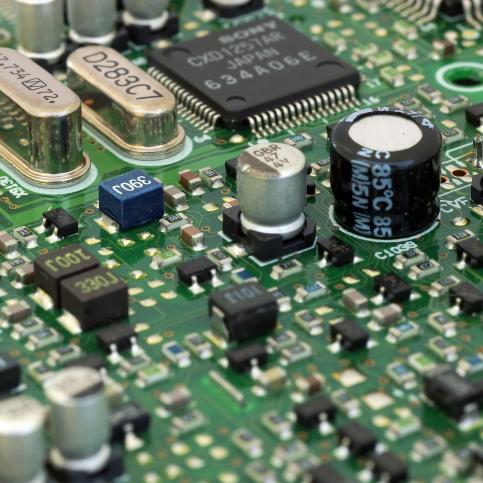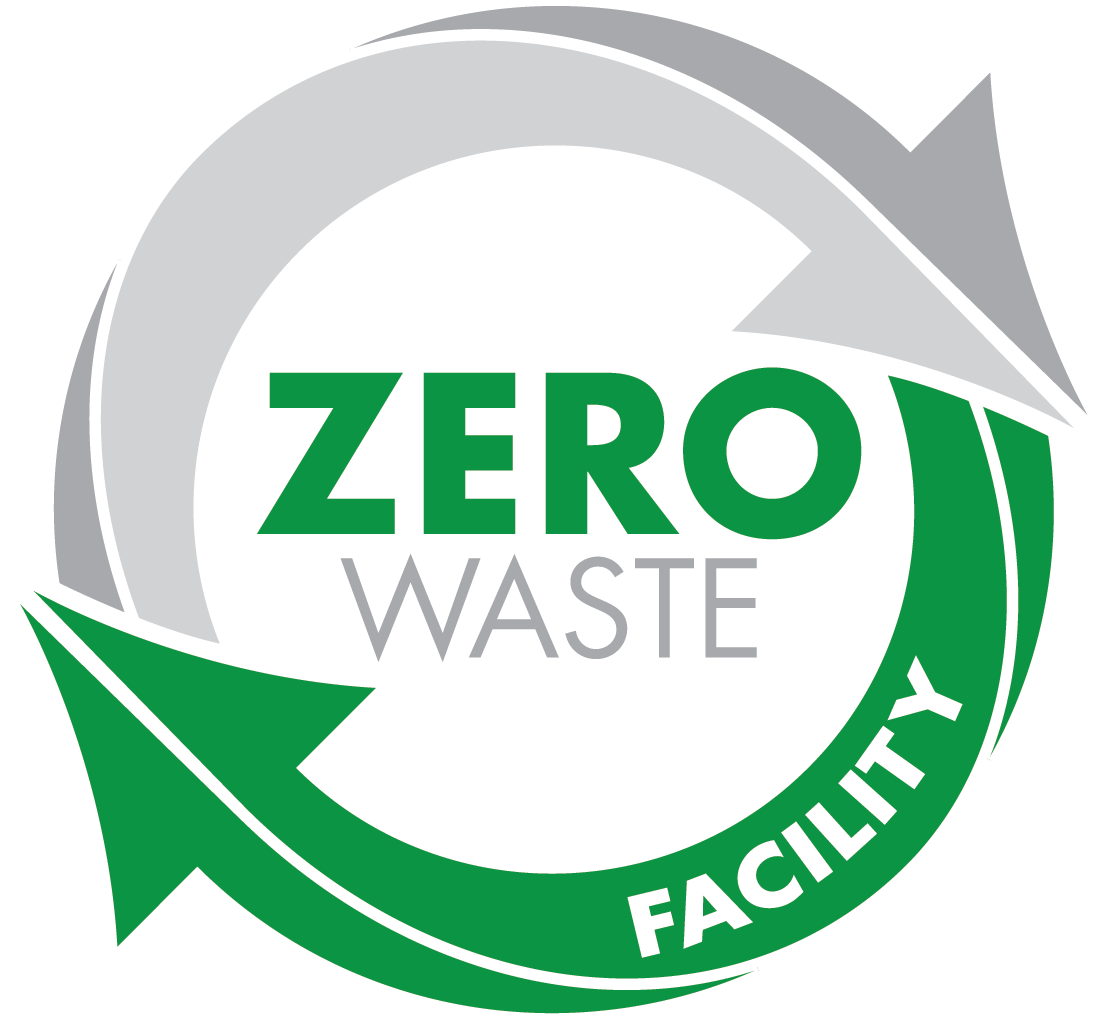Blog
Everything from our home appliances to our vehicles contain electronic printed circuit boards. These complex green chips make up the heart of a huge amount of our daily lives. Every single part of the PCBA and manufacturing process a crucial element, to be done carefully and with important consideration every step of the way.
PCBA can be done in different ways using different technologies. There are two common mounting technologies used towards the end of the process: Surface Mount Technology (SMT) and Through-Hole Technology (THT).
PCBA: Through-Hole Technology (THT) Assembly
This method is a more traditional process that utilizes both manual and automatic procedures as follow.
- Placement of components - This first step is done manually by engineers who must place components with high precision onto the board, based on the intended design.
- Inspection - Inspection is a very important element of any printed board process, as there are many industries that must demand consistently high-functioning electronics. Because Through-Hole Technology involves manual input, it is very important to ensure that no mistakes occur throughout the initial placement process.
- Wave soldering - The final THT step is to solder the components onto the board. This is one of the most reliable available methods for firmly attaching components, and is used at the end of most assembly processes.
PCBA: Surface Mount Technology (SMT) Assembly
SMT assembly is a more common method for PCBA, thanks to advances in automation technologies that allow for more accurate finishes, especially on smaller boards.
- Solder paste printing - Using a stencil printer to apply solder paste to an unfinished board can be an incredibly useful means of efficiently preparing it, especially considering the accuracy implied through the automation process.
- Components mounting - After printing, the soldering paste provides a clear guideline for where each component should be placed on the board, and further automation places the components onto the board. On every step of the SMT process, technicians perform careful checks to ensure complete accuracy for the completed circuit.
- Reflow soldering - Once the components are properly and accurately mounted onto the board, a technician will complete the soldering process by exposing the board to high, controlled heat, which melts and reforms the paste into a permanent bond — and an extremely durable circuit board.
Of course, the use of automation and reflow soldering are interchangeable processes, and mixed methods can also be extremely worthwhile. At Permatech, we understand the many ins and outs of PCBA, and are able to bring the best techniques available to your circuits. Whatever your needs in electronics assembly, we have a solution for you! Feel free to contact us anytime to learn more.






